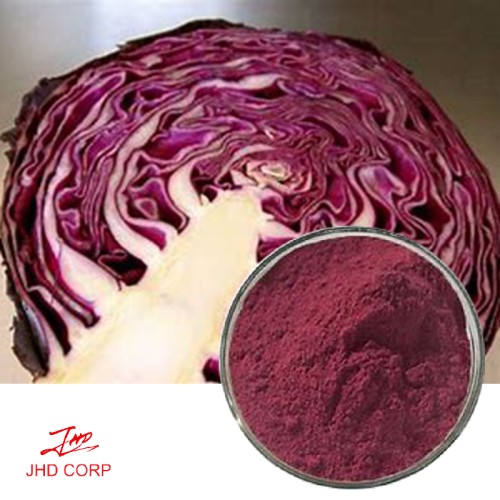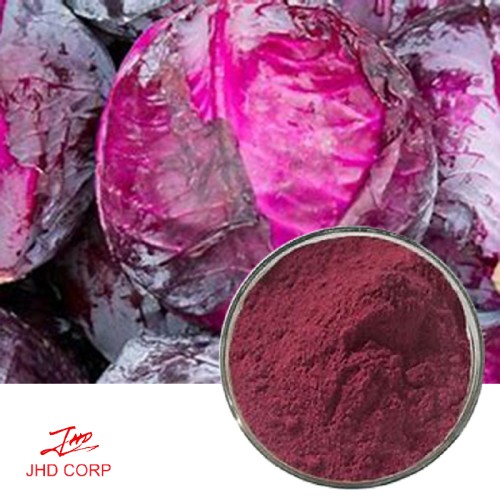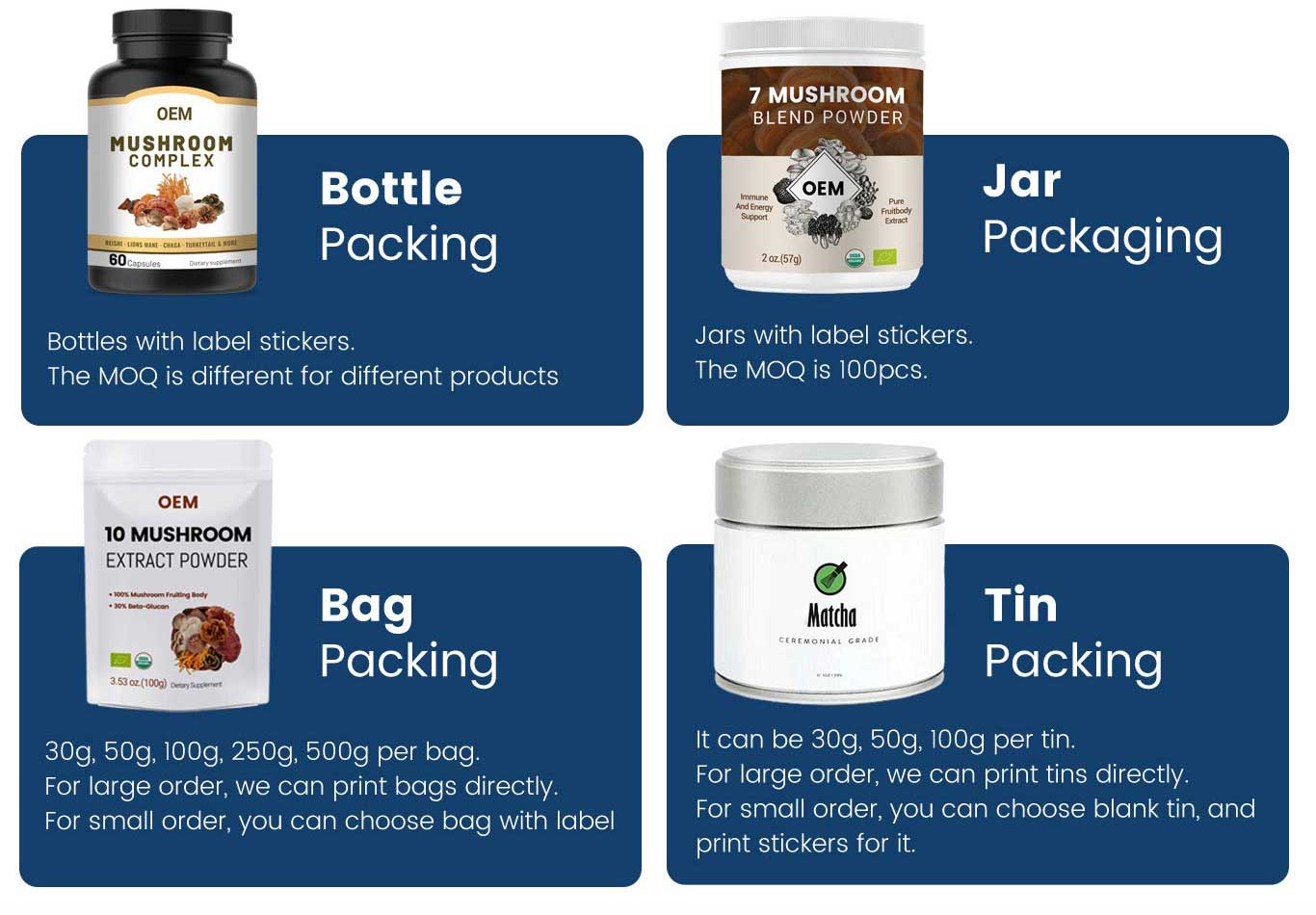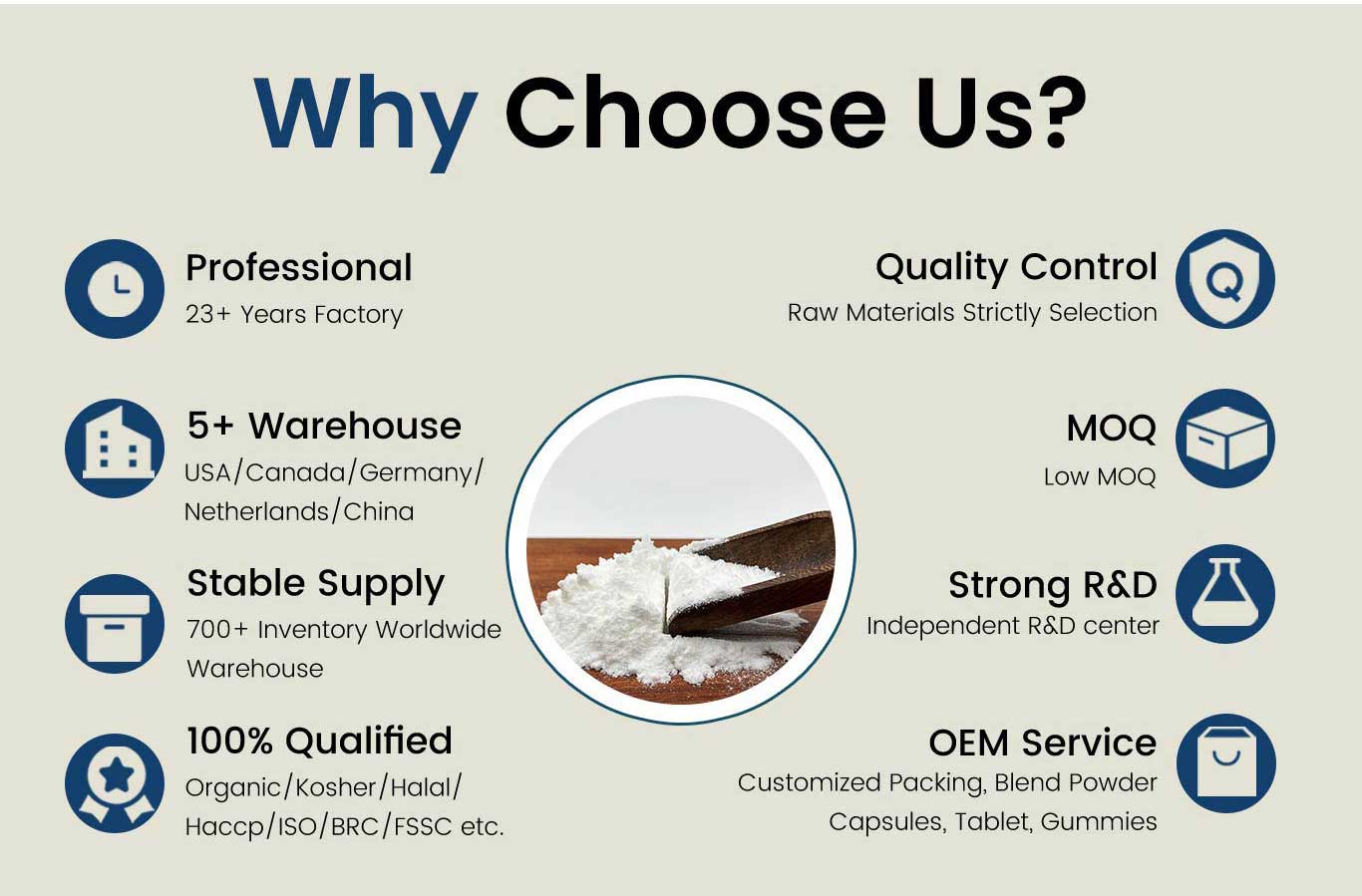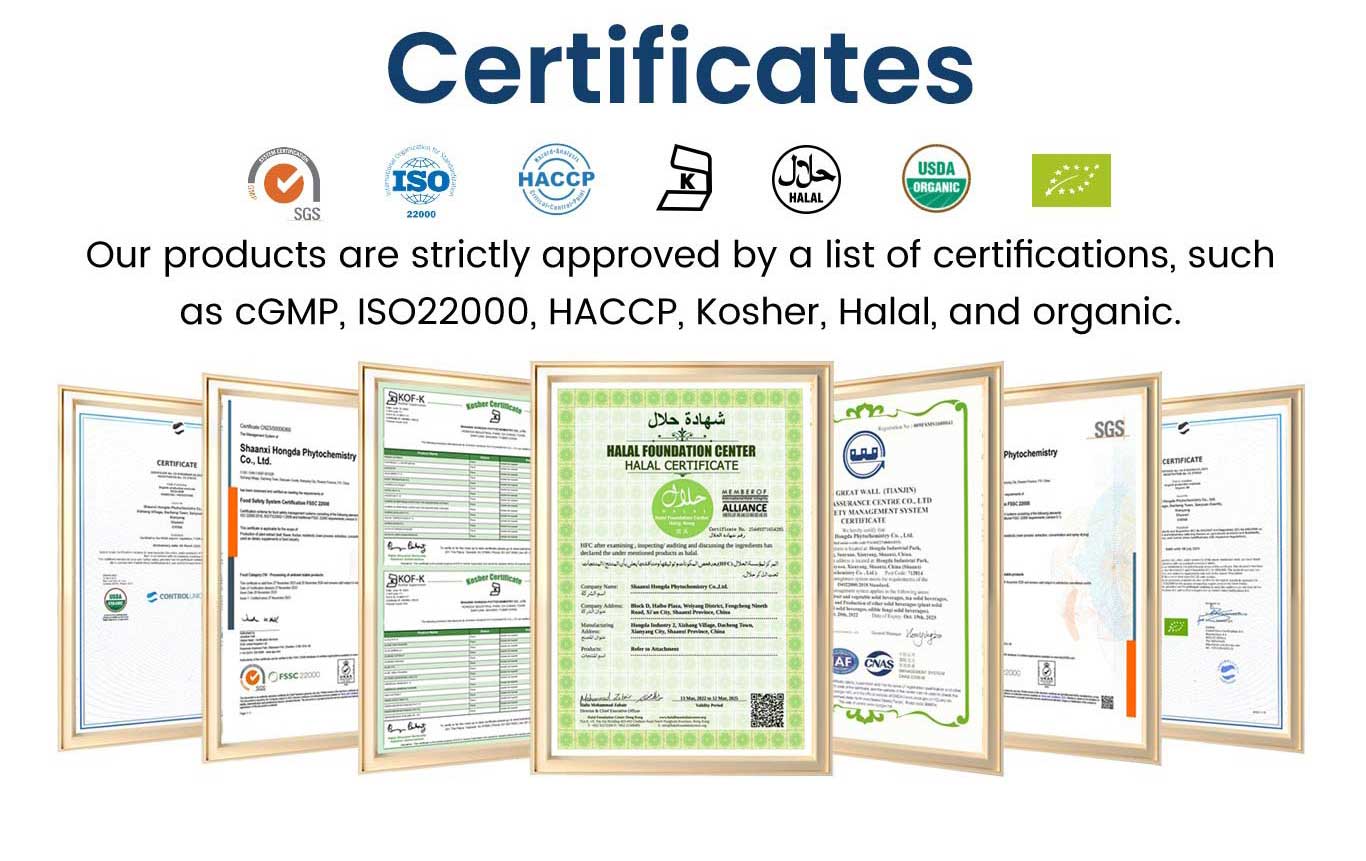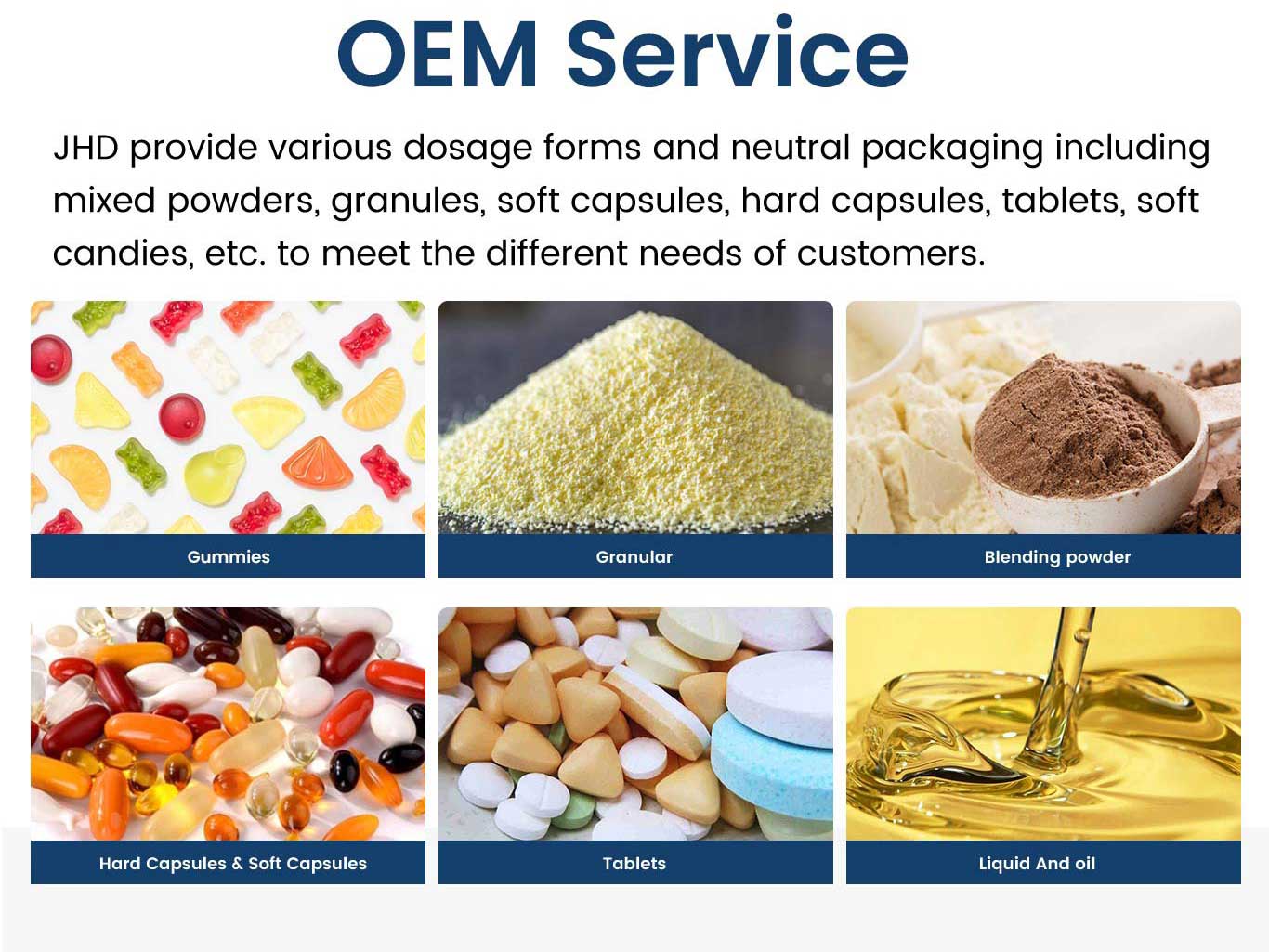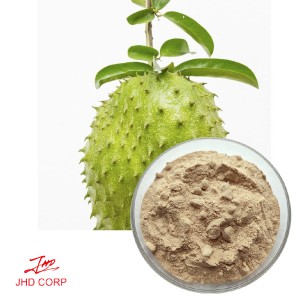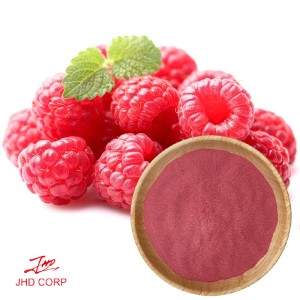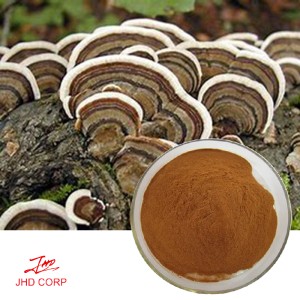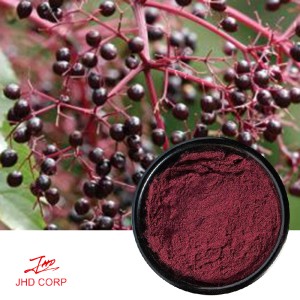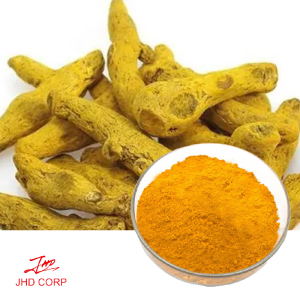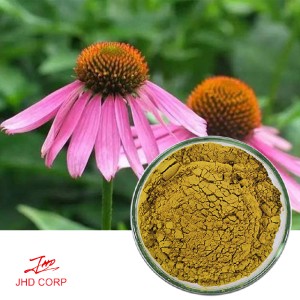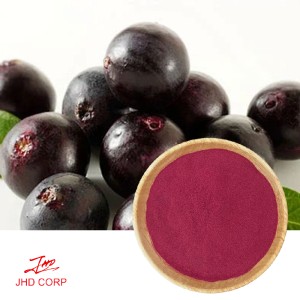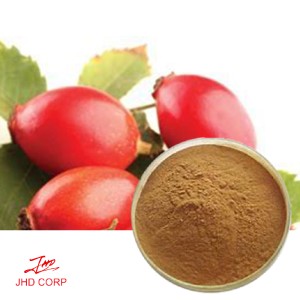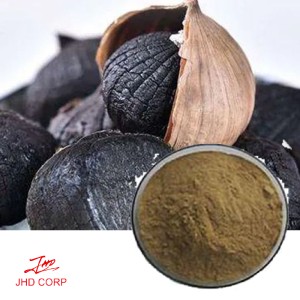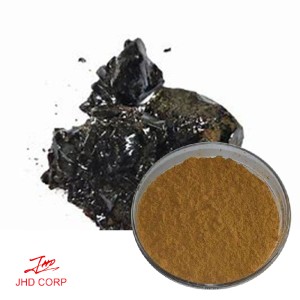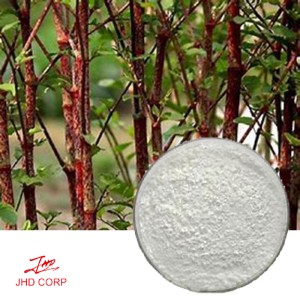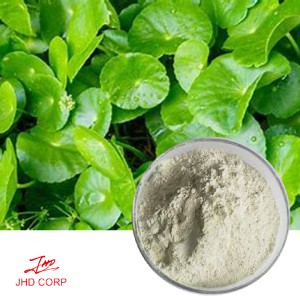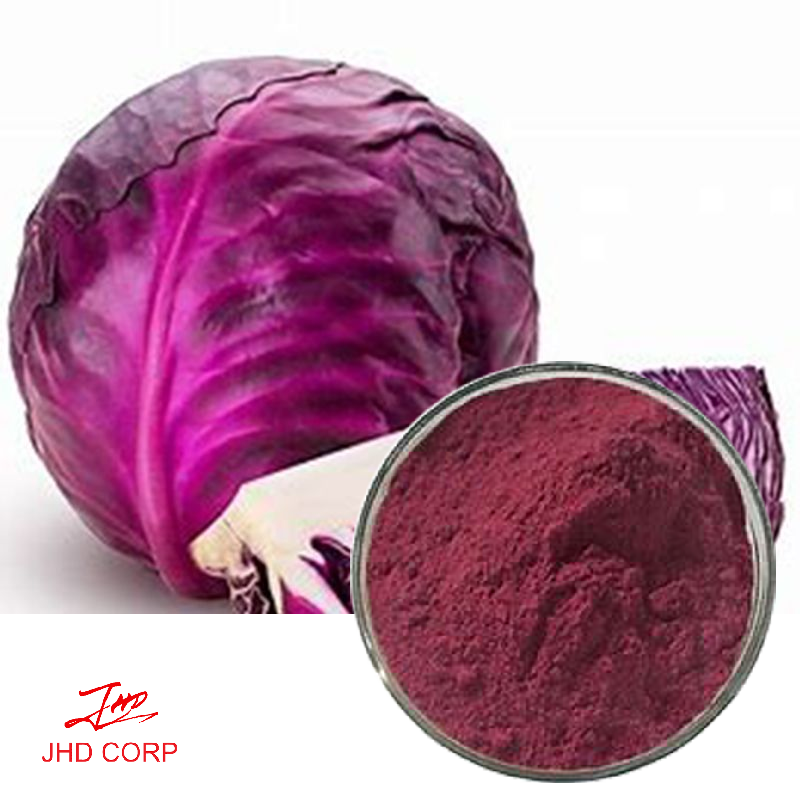
Chat With Us Contact Us Email Me
Red cabbage is a cruciferous vegetable with firmly packed dark red-purple leaves. It belongs to the brassica group of vegetables along with Brussels sprouts and kale, and has a peppery taste and crunch when eaten raw, and becomes sweeter and softer in texture when cooked.
Red cabbage is grown in Europe and is in season from September to December. As the plants grow, they form tight balls of leaves in the centre surrounded by much larger green-purple leaves. When the red cabbage is ready for harvesting, the whole plant is picked and the outer leaves discarded, leaving just the cabbage head – the part we eat.
Red cabbage has a good mix of vitamins and minerals, especially folate, which is essential during pregnancy and also helps the body to produce red blood cells. It also contains vitamin C, which helps protect our cells , which we need for a healthy heart.
Red cabbage is grown in Europe and is in season from September to December. As the plants grow, they form tight balls of leaves in the centre surrounded by much larger green-purple leaves. When the red cabbage is ready for harvesting, the whole plant is picked and the outer leaves discarded, leaving just the cabbage head – the part we eat.
Red cabbage has a good mix of vitamins and minerals, especially folate, which is essential during pregnancy and also helps the body to produce red blood cells. It also contains vitamin C, which helps protect our cells , which we need for a healthy heart.
Function:
1. Delivers potent antioxidant support primarily through its high anthocyanin content, which helps neutralize free radicals and protect cells from oxidative stress.
2. Exhibits natural anti-inflammatory properties, aiding in reducing chronic inflammation and supporting overall bodily comfort.
3. Promotes cardiovascular health by supporting healthy blood vessel function and maintaining normal blood pressure levels.
4. Enhances immune system function by providing essential vitamins (e.g., vitamin C) and phytonutrients that strengthen the body’s defense mechanisms.
Application:
1. Widely used in dietary supplements, including capsules, tablets, and powdered formulations, to offer targeted health benefits to consumers.
2. Integrated into functional foods and beverages such as fruit juices, smoothies, energy drinks, and health bars, adding nutritional value and a natural purple hue.
3. Serves as a natural food colorant in the food industry, replacing synthetic dyes to meet the growing demand for clean-label ingredients.
4. Incorporated into cosmeceutical products like anti-aging creams, serums, and masks, leveraging its antioxidant properties to support skin health and combat signs of aging.
Tags: red cabbage, Anthocyanidins
Add Popular Products to weekly line up


